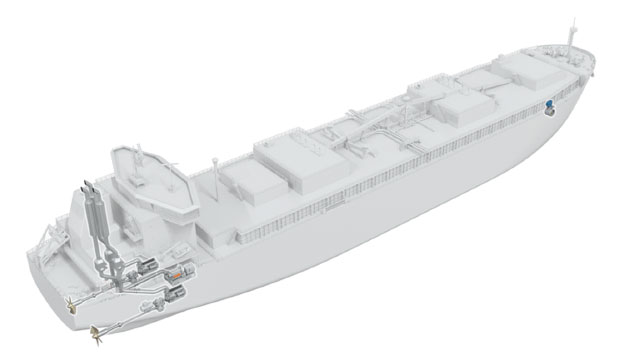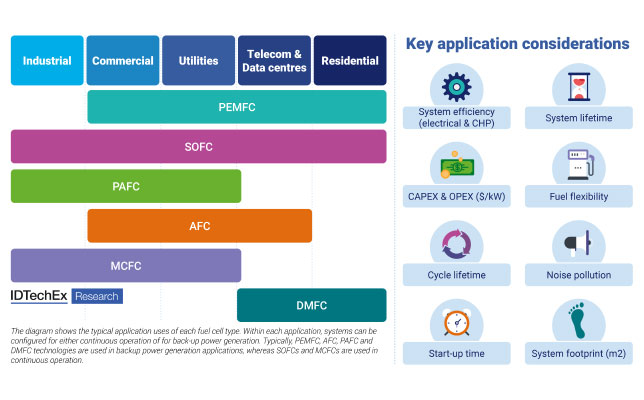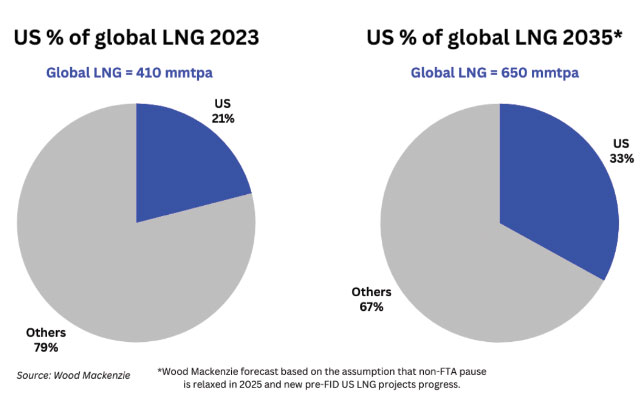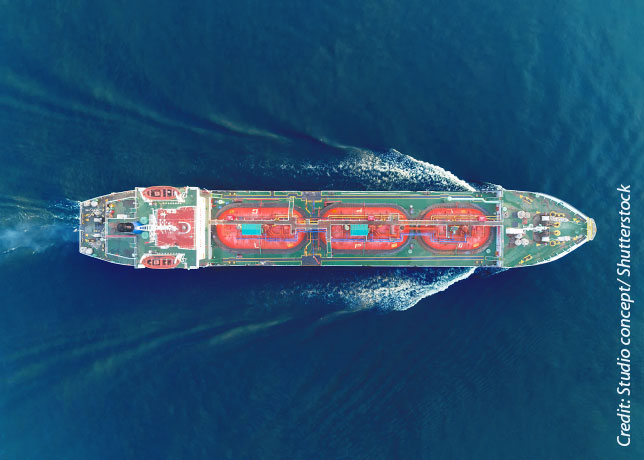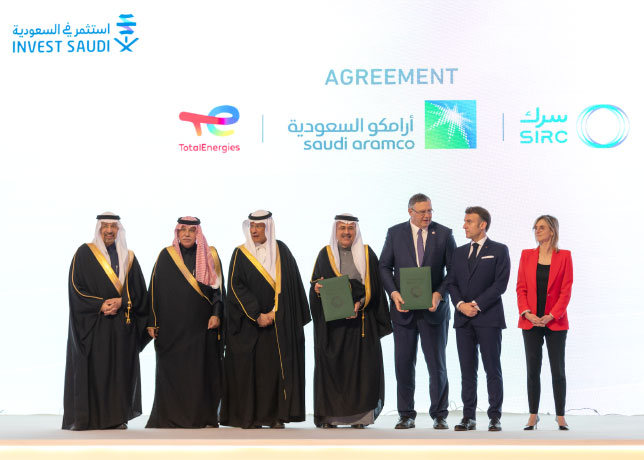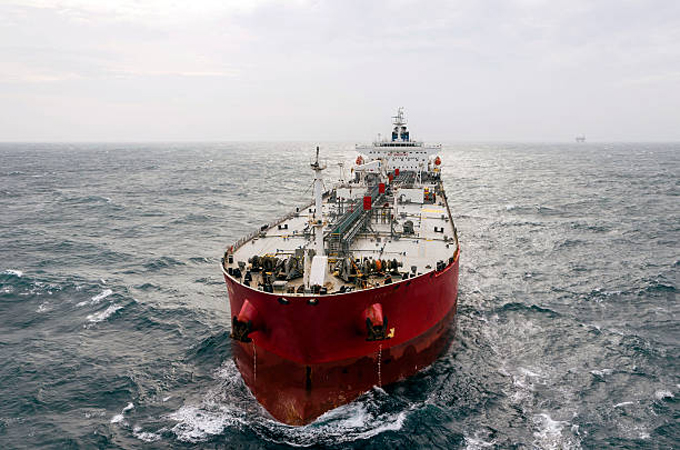 Image by Dikuch/ iStock
Image by Dikuch/ iStock
Supertanker freight rates jumped after the US expanded sanctions on Russia's oil industry, sending traders rushing to book vessels to ship supply from other countries to China and India, shipbrokers and traders said.
Chinese and Indian refiners are seeking alternative fuel supplies as they adapt to severe new US sanctions on Russian producers and tankers designed to curb the world No. 2 oil exporter's revenue.
Many of the newly targeted vessels, part of a "shadow fleet", have been used to ship oil to India and China, which snapped up cheap Russian supply that was banned in Europe following Moscow's invasion of Ukraine. Some of the tankers have also shipped oil from Iran, which is also under sanctions.
The latest US action means an estimated 35 per cent of some 669 dark fleet tankers involved in shipping Russian, Venezuelan and Iranian oil have been hit with sanctions by either the US, UK or EU, according to analysis by Lloyd’s List Intelligence.
Freight rates for Very Large Crude Carriers (VLCCs) that can carry 2 million barrels of crude across major routes jumped after Unipec, the trading arm of Asia's largest refiner Sinopec, chartered several supertankers on Friday, the sources said.
Unipec also last week snapped up several sweet crude cargoes from Europe and Africa, including 2 million barrels of Norwegian Johan Sverdrup, 1 million barrels of Senegal's Sangomar crude, Ghana's Ten Blend, Angolan Djeno and others, traders said.
"They must look for alternative crudes. That is the primary driver for the rally (in freight rates)," said Anoop Singh, global head of shipping research at Oil Brokerage.
On a daily basis, a shipbroker said, the rate on the Middle East to China route, known as TD3C, has surged 39 per cent since Friday to $37,800, the highest since October.
Shipping rates for Russian oil shipments to China have also jumped following the sanctions.
Freight rates for Aframax-sized tankers to ship ESPO blend crude from Russia's Pacific port of Kozmino to North China more than doubled on Monday to $3.5 million as shipowners requested massive premiums due to limited tonnages available for that route, S&P Global Commodity Insights data showed.
Adding to tightness, sanctioned tankers are stranded outside China's eastern Shandong province, unable to discharge following a ban imposed by Shandong Port Group before Washington's announcement on Friday.
Tanker analytics firm Vortexa estimated that more than 85 per cent of Russian crude voyages into Shandong were conducted by the newly sanctioned tankers.
Analysts said tanker availability could tighten further as traders look for unsanctioned vessels to ship Russian and Iranian crude.
"We expect new ships will be pulled into the shadow fleet over the coming months, many of which will be new to this trade, tightening supply in the non-sanctioned freight market," Kpler analysts said in a note.
The rate for VLCCs from the Middle East to Singapore has gained the most, up worldscale (WS) 11.15 from Friday to WS61.35, another shipbroker said. Worldscale is an industry tool to calculate freight charges.
On the Middle East to China route, freight jumped to WS59.70, up WS10.40, while the rate for VLCCs carrying West African oil to China rose WS9.55 to WS61.44, the second shipbroker said.
Shipping crude from the US Gulf to China will now cost $6.82 million per voyage, up $360,000 since last week, he said. -Reuters










